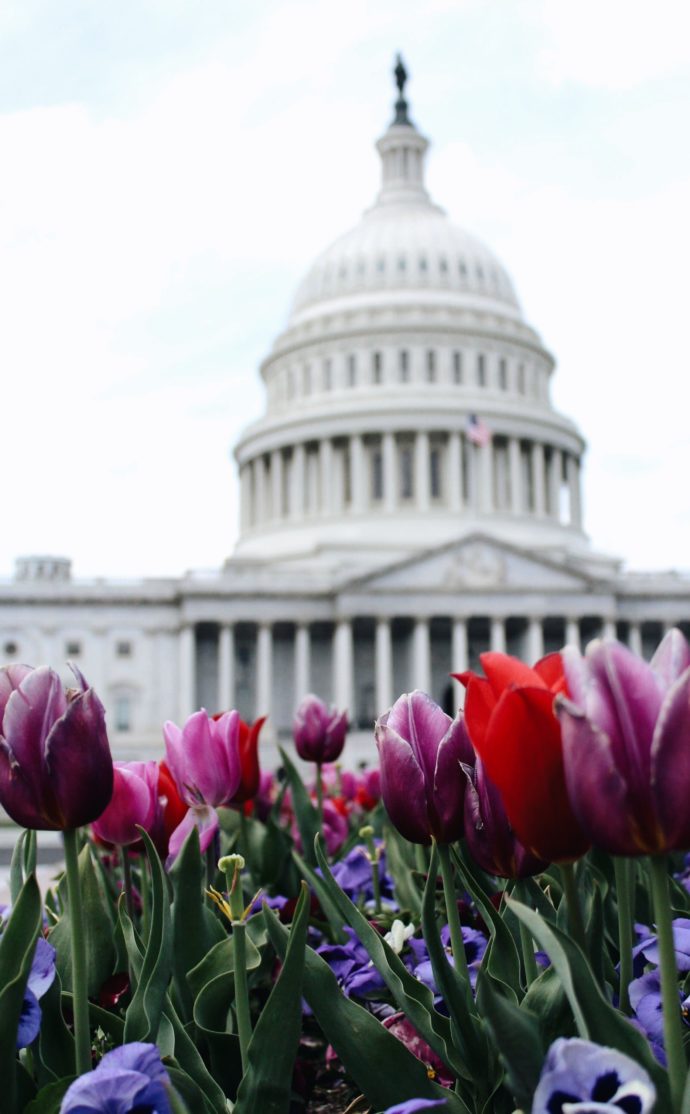Midweek Update
A House of Representatives appropriations subcommittee approved by voice vote today the bill funding financial services and general government for the 2021 fiscal year. That bill encompasses OPM and the FEHBP. Yesterday’s FEHBlog post discussed the relevant substance of the bill considered today. The bill now moves onto full appropriations committee consideration.
Fierce Healthcare reports that “Healthcare leaders and health IT groups are calling on Congress to repeal a section of the law that prevents the U.S. Department of Health and Human Services (HHS) from working with the private sector to develop a nationwide patient identification strategy.” The advocates are pointing to the COVID-19 emergency as another reason for taking this sensible action. ” Amid the COVID-19 pandemic, contact tracing efforts are hampered without accurate demographic information that correctly identifies the right patient.”
Also, on the COVID-19 front, the National Institutes of Health (“NIH”) announced today that “The National Institute of Allergy and Infectious Diseases (NIAID), part of the NIH, has established a new clinical trials network that aims to enroll thousands of volunteers in large-scale clinical trials testing a variety of investigational vaccines and monoclonal antibodies intended to protect people from COVID-19.”
The Wall Street Journal reports that
Drugmaker Emergent Biosolutions Inc. plans to work with Mount Sinai Health System in New York City to test whether a drug derived from the blood plasma of recovered Covid-19 patients can prevent infections in doctors, nurses and military forces. The proposed study, which the partners announced Wednesday, would add to efforts evaluating the coronavirus-fighting potential of experimental drugs made from plasma donated by recovered patients. If the drug proves to work safely, it could help protect health-care workers and other people working in essential jobs who are at high risk of infection until a vaccine is ready and perhaps even after.
On the general U.S. healthcare front Healthcare Dive reports that
Walgreens on Wednesday announced plans to open up to 700 primary care clinics across the country over the next five years in partnership with medical services provider VillageMD, and “hundreds more” after that. As part of the agreement, Walgreens will invest $1 billion in equity and convertible debt in Chicago-based VillageMD over the next three years, including a $250 million equity investment Wednesday. VillageMD will use 80% of the funds to pay for opening the clinics, called Village Medical at Walgreens, and integrate digitally with Walgreens.
and that
Walmart will now sell health insurance policies directly to its customers, a spokesperson told Healthcare Dive, confirming speculation sparked by job postings from the retailer for Medicare sales managers and insurance agents, first reported by the Arkansas Democrat Gazette. Analysts with SVB Leerlink said the move underscores the attractiveness of this market and the likelihood of increased competition over time, while Walmart’s reach across U.S. consumers — including seniors — has the potential to drive up volume for Medicare plans.
What’s more, Health Payer Intelligence discusses why some health plans seek out seriously ill members to wit “By developing a greater understanding of seriously ill populations, payers and policymakers can more accurately target their population health management strategies.”
And a Forbes columnist criticizes government telehealth parity mandates. The column provides an interesting perspective on the telehealth craze. As the FEHBlog’s late grandmother frequently advised “moderation in all things.”
Last but not least, FedWeek explores the OPM Federal Employees Benefits Survey to understand why some federal employees don’t enroll in our beloved FEHBP.
the survey found that of those not enrolled [roughly 19% of the surveyed population], 90 percent are obtaining health care through some other program, most commonly through a spouse’s employment and most commonly through the military TRICARE program. “Less than one percent of respondents said that they are not enrolled in FEHB and do not have health insurance because they do not think there is a need,” OPM said.







